Garden Fostering
"Garden creation is 40%, garden maintenance is 60%." This saying illustrates the importance of management work to Japanese gardens. A Japanese garden is not completed after it is done being built. Its true value is enhanced everyday through the daily work it receives. Without proper care, its brilliance will soon be lost.
Out of respect and admiration for gardens that have lived longer than any human life, and sometimes for several centuries, at Ueyakato Landscape, we like to use the saying "garden creation is 40%, garden fostering is 60%." Garden care that draws out the intrinsic value in each garden is precisely what Ueyakato Landscape calls "fostering." The aim of our garden management is to magnify the value Japanese gardens have so that we can pass them down to future generations.
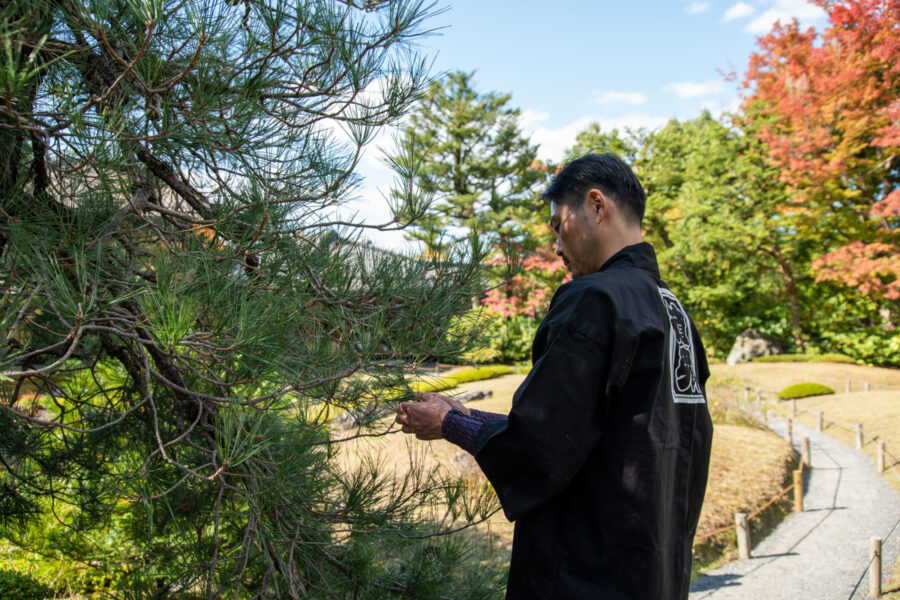
- Cases of Fostering
Ueyakato Landscape conducts research into how gardens are fostered. Here we introduce three of our research achievements regarding the fostering of Murin-an Garden, a nationally designated Place of Scenic Beauty.
Regional Activities to Foster the "Cultural Landscape of Okazaki in Kyoto": The Case of Planting Management at a Traditional Garden
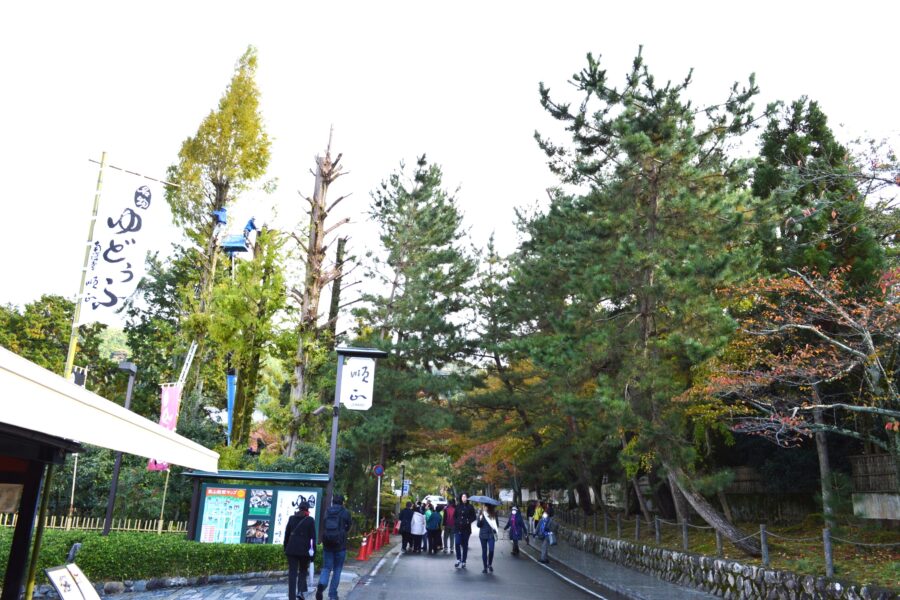
Author : Tomoki Kato
Publication date : 2022.01
Publication media : Landscape Research Japan, Vol. 85, No. 4
Kyoto's Okazaki Area is home to a constellation of gardens centering around Nanzen-ji Temple. Its unique landscape has been recognized for its cultural value. Maintaining the landscapes of these gardens require not just technical management inside the garden, but cooperation from the entire neighborhood.
This article introduces specific cases of plant management for traditional gardens to preserve and advance the "Cultural Landscape of Kyoto's Okazaki Region." These include local beautification efforts by the "Association for Protecting the Environment of the Nanzen-ji Temple Area," and pruning tall trees along Nanzen-ji Temple's main avenue to preserve the borrowed scenery seen from Tairyu-sanso Garden.
Traditional gardens are part of a local area's cultural heritage and local landscapes should be passed down through an "awareness revolution" whereby they are nurtured by local residents, corporations, and administrative bodies working together.
A Study of Murin-an's Past Scenery from Old Photographs Property of General Yamagata Memorial Museum
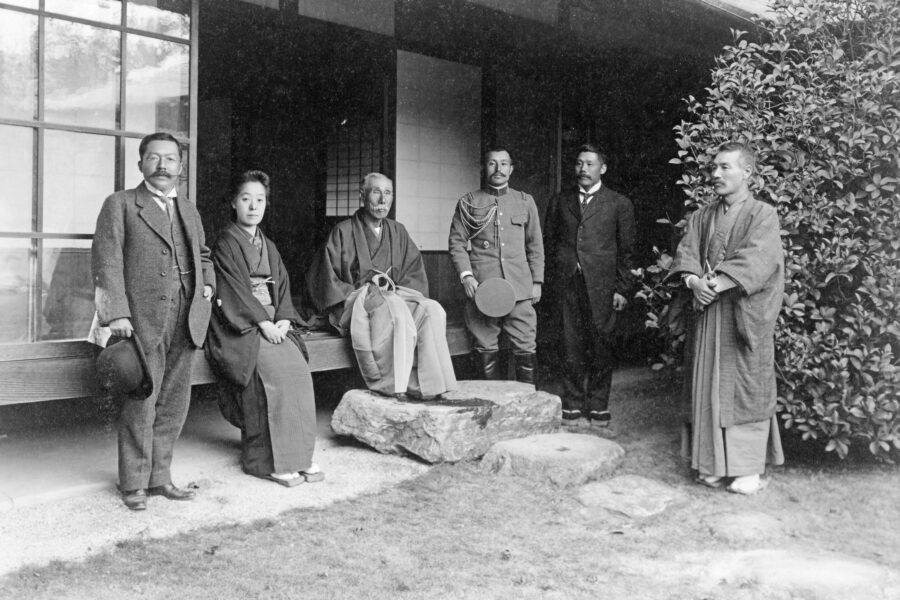
Author : Tomoki Kato, Kazuki Shimizu, Tomio Sakaue
Publication date : 2017.05
Publication media : Landscape Research Japan, Vol. 80, No. 5
Of nine photographs included in the photography book "Murin-an" housed in the General Yamagata Memorial Museum, six had never been found in previous research into materials related to Yamagata Aritomo. This research article used these historical photographs to compare Murin-an's original form to its present condition and consider the changes occurring in its spatial composition and mode of use.
While there have been changes in Murin-an's plants over the course of time, the landscape has preserved the original intentions behind the garden's creation until the present day. Although there have been no changes to the garden that made photography locations difficult to identify, the garden path appears to have been adjusted, with occasional new additions and expansions being introduced, suggesting changes in how the garden was used.
It is hoped this analysis will enable a deeper understanding of Murin-an's historical value and the changes it has undergone and provide a guideline for future garden management and preservation activities.
Annual Maintenance Techniques of Existing Plants of Murin-an Garden as a National Place of Scenic Beauty-For Preserving the Spatial Characteristics of Original Sensitivity of Aritomo Yamagata
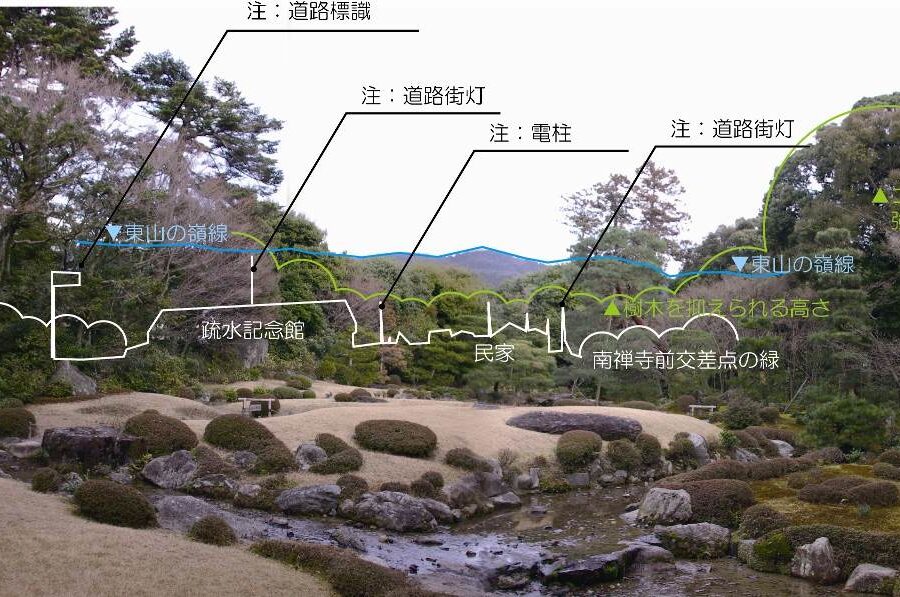
Author : Tomio Sakaue, Tomoki Kato
Publication date : 2015.03
Publication media : Landscape Research Japan, Vol. 78 (Special Issue), Technical Reports of Landscape Architecture, No.8
Due to cost and time constraints, park and garden maintenance has a tendency to end up becoming management work that effectively "rubber stamps" the garden's current condition. With the introduction of a managment proposal system for Murin-an in 2007, however, the garden's management is now more firmly based on its historical background.
For example, undermanaged border trees that had become overgrown were thinned to improve the amount of light reaching the forest floor. Smaller trees and shrubs were also trimmed and cut back from the top, thus restoring the garden's borrowed landscape of the Higashiyama mountains, over half of which had previously been hidden by Murin-an's border trees.
We have also introduced lawn management that preserves Murin-an's wildflowers and discerning moss care that takes into account the diverse habitats of the moss growing naturally in Murin-an.
When it comes to garden fostering, it is important to understand the garden's intrinsic value and respond to changes in its present environment.
Restoration of Cultural Properties/Gardens
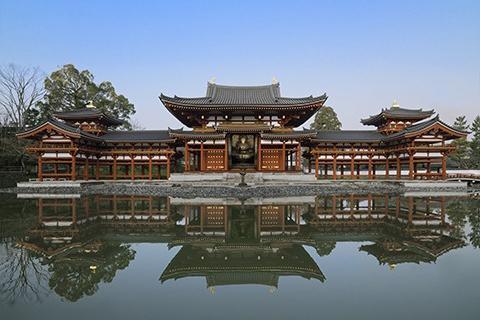
Ueyakato Landscape performs restoration and repair work for gardens that have been designated as cultural properties, either as historic sites or "Places of Scenic Beauty."
Using the gardener skills that have been passed down over 1,000 years and construction methods employing cutting-edge technology, we flexibly and versatilely propose and execute restoration work. We also take reliable records for the sake of passing them down to future generations.
